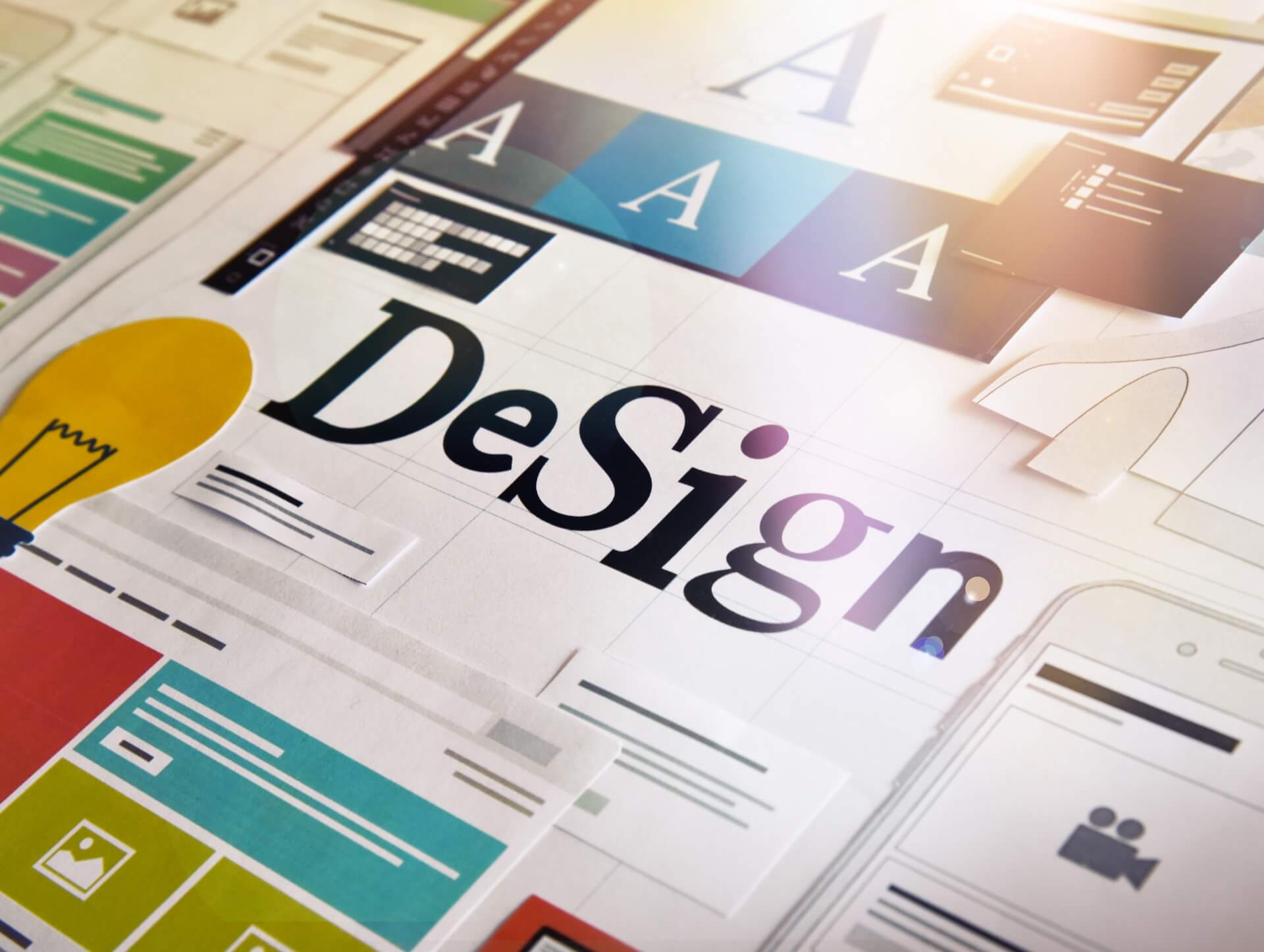The influence of design principles on collaborative design processes

06/09/2023
In today's digital world, graphic design plays a crucial role in creating a strong brand identity and conveying a message effectively. Whether it's custom designs, monthly design services, or brand consistency, design principles are at the heart of all visual solutions. However, the impact of design principles extends beyond the final product. They also shape the collaborative design processes, enabling creative collaboration and driving effective communication between designers and clients.
The Importance of Design Consultation
A design consultation is the foundation of any successful design partnership. It involves understanding the client's requirements, goals, and preferences to create tailored design solutions. Through a design consultation, designers can gain valuable insights into the client's brand identity and target audience. This understanding forms the basis for designing visual elements that align with the client's vision and resonate with their audience.
The Role of Ongoing Creative Support
Design retainers and ongoing creative support are essential for maintaining a consistent brand identity and ensuring design expertise is readily available whenever needed. A design retainer package offers dedicated designer access and unlimited revisions, allowing clients to have a professional retainer for their design needs. With ongoing design services, clients can have peace of mind knowing that their visual identity is in the hands of experts who are familiar with their brand and design preferences. This collaboration fosters a long-term relationship between designers and clients, leading to better design outcomes.
The Influence of Design Principles on Collaborative Design Processes
Design principles such as balance, contrast, hierarchy, and typography have a significant influence on collaborative design processes. These principles guide designers in creating visually appealing and effective designs that communicate the desired message. Let's explore how each of these design principles impacts the collaborative design process:
1. Balance
Balance is a fundamental design principle that involves the distribution of visual weight in a design. In collaborative design processes, achieving balance is crucial to ensure that all elements of the design work together harmoniously. It helps create a sense of stability and ensures that no single element dominates the design. When designers and clients collaborate, they can discuss the desired balance and make adjustments accordingly to achieve the desired visual effect.
2. Contrast
Contrast is another important design principle that helps create visual interest and make elements stand out. In collaborative design processes, contrast can be used strategically to draw attention to specific elements or create a hierarchy of information. By discussing and experimenting with contrast, designers and clients can find the right balance between visual impact and readability.
3. Hierarchy
Hierarchy is the organization of elements based on their importance or significance. In collaborative design processes, hierarchy plays a crucial role in conveying the intended message effectively. By establishing a clear hierarchy, designers and clients can ensure that the most important information is emphasized and easily noticeable. This collaborative approach helps align the design with the client's goals and ensures that the message is communicated in a visually compelling way.
4. Typography
Typography is a powerful design element that can evoke specific emotions and set the tone for a brand. In collaborative design processes, choosing the right typography is essential to create a cohesive and visually appealing design. By discussing various typography options, designers and clients can select fonts that align with the brand's personality and target audience. This collaborative decision-making process ensures that the typography enhances the overall visual identity and strengthens the brand's message.
The Benefits of Collaborative Design Processes
Collaborative design processes offer several benefits for both designers and clients. Let's explore some of these benefits:
1. Enhanced Creativity
Collaborative design processes foster creativity by bringing together different perspectives and ideas. When designers and clients collaborate, they can tap into each other's expertise and insights, resulting in innovative design solutions.
2. Improved Communication
Effective communication is essential for successful design projects. Collaborative design processes encourage open and transparent communication between designers and clients, ensuring that everyone is on the same page and working towards a shared goal.
3. Increased Client Satisfaction
When clients are actively involved in the design process, they feel a sense of ownership and satisfaction. Collaborative design processes allow clients to provide feedback and make necessary revisions, leading to designs that meet their expectations and goals.
4. Tailored Visual Identity
Through collaborative design processes, designers can create a visual identity that truly reflects the client's brand. By understanding the client's values, target audience, and goals, designers can tailor the design solutions to align with the client's unique identity.
Conclusion
The influence of design principles on collaborative design processes is undeniable. By incorporating design principles such as balance, contrast, hierarchy, and typography, designers and clients can create visually appealing and effective designs that effectively communicate the desired message. Collaborative design processes offer numerous benefits, including enhanced creativity, improved communication, increased client satisfaction, and a tailored visual identity. By embracing collaboration and leveraging design principles, designers and clients can achieve design excellence and create impactful visual solutions.
Contact us

Spanning 8 cities worldwide and with partners in 100 more, we’re your local yet global agency.
Fancy a coffee, virtual or physical? It’s on us – let’s connect!

